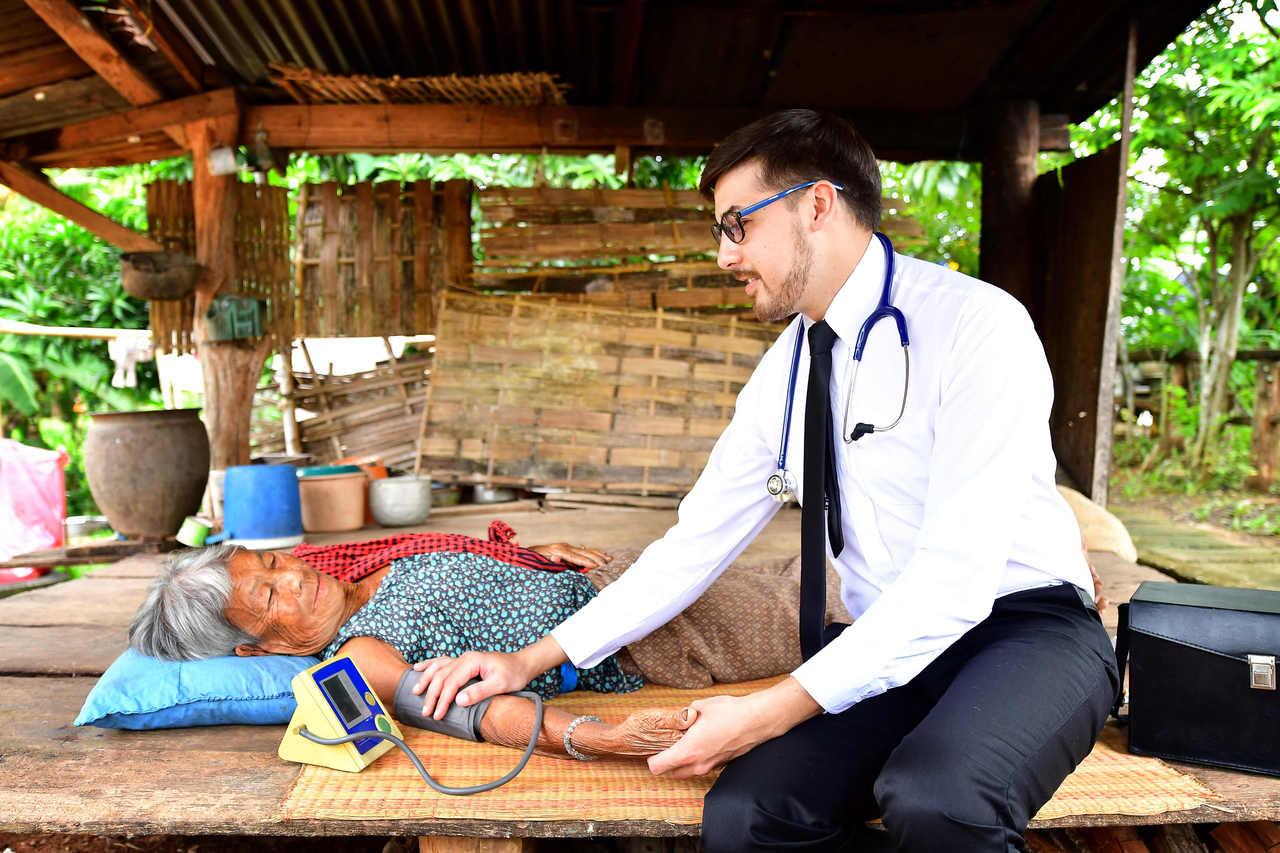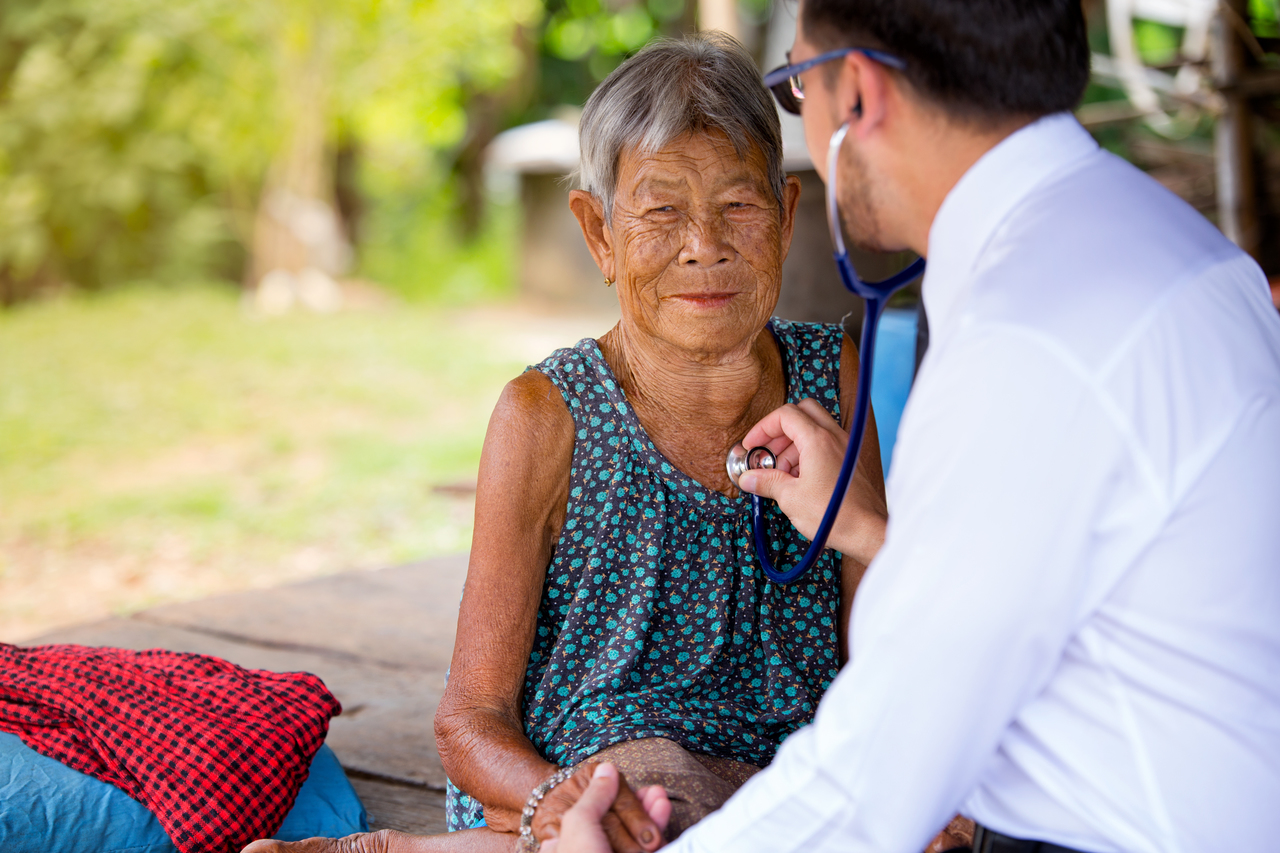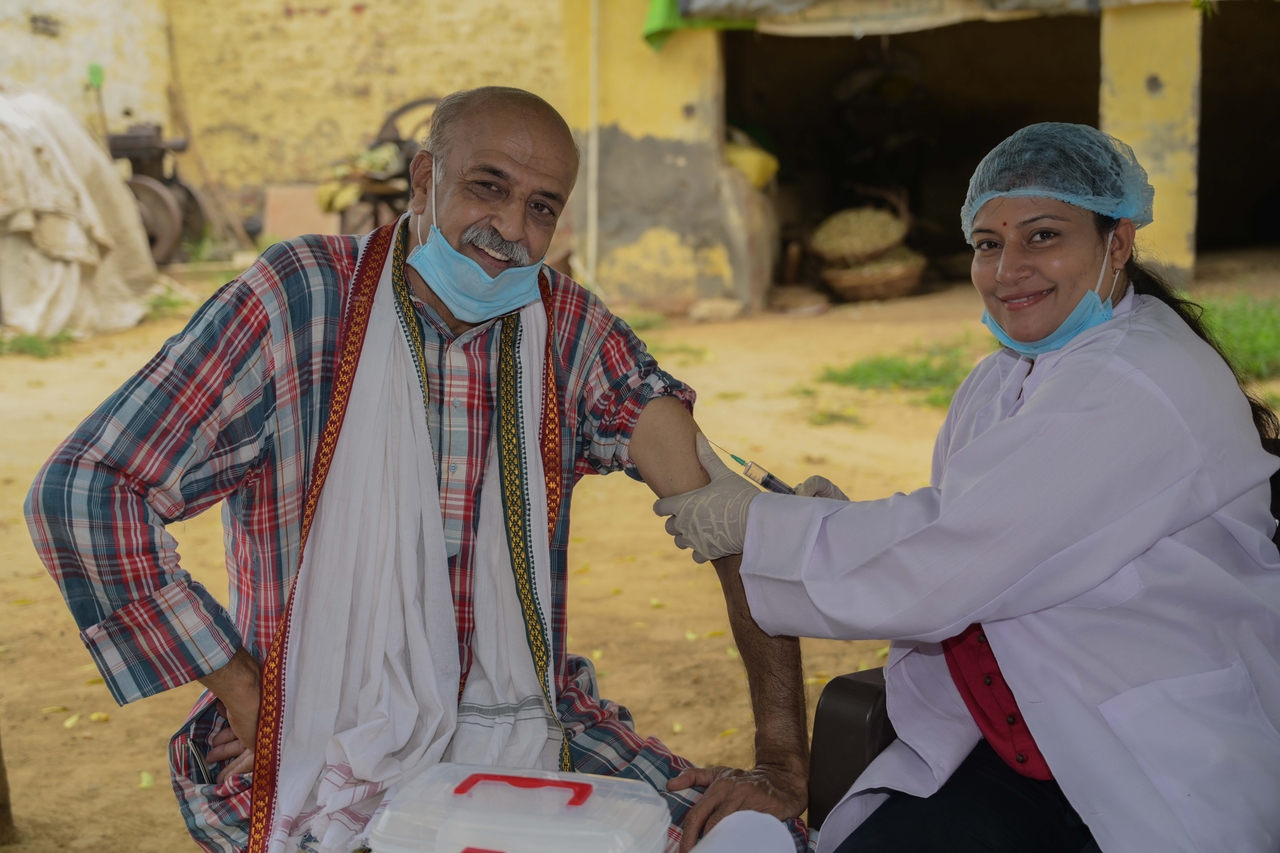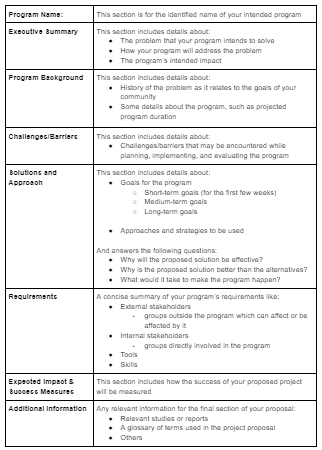-
GeneralGeneral
-
Rural Health and Aging Homepage
Welcome to Rural Health and Aging. This course provides an opportunity to develop practical skills and knowledge in social, economic, political, and cultural influences that impact the health of individuals and families in rural communities by focusing on improving health status and developing culturally appropriate interventions and services in rural settings.
This Rural Health and Aging course is sponsored by the University of the Incarnate Word (UIW). Like all NextGenU.org courses, it uses learning resources from accredited, world-class organizations such as the Pan American Health Organization, U.S. Centers for Disease Control and Prevention (CDC), and the U.S. National Institutes of Health. The course was developed in collaboration with UIW, and was designed by TimMarie Williams, PhD, MCG; Margaret Niles, PhD, MEd; Hugo Rojas, MD, MSc, DiplEd; Genikka Camille Gabral, B.ED, MSc; Pablo Baldiviezo, MD, DiplEd; and Carolina Bustillos, MD, DiplEd.
For publications on NextGenU.org’s courses’ efficacy, see “A Novel Integration of Online and Flipped Classroom Instructional Models in Public Health Higher Education,” (2014), BMC Medical Education, “Building Public Health Capacity through Online Global Learning,” (2018), Open Praxis, or on NextGenU.org’s publication page. Subscribe to our newsletter to be notified of future updates, new courses, and to be part of our community.There are 4 modules to complete, which provide an introduction to:
- Rural health and social sciences;
- Determinants of rural health;
- Healthcare delivery in rural communities; and
- Stakeholders and partnerships for rural health.
The completion time for this course is estimated at 122 hours and 44 minutes, 51 hours and 24 minutes of didactics and curated resources, and 71 hours and 20 minutes of work participating in activities and quizzes to assist the student in synthesis of the materials. This course is equivalent to three credit hours.
The course requires completion of all case studies, peer activities, and discussion fora. At the end of each lesson, there is a practice quiz. At the end of the course, after you’ve completed each lesson, quiz, and learning activity, you’ll have access to a final exam, and a chance to evaluate this course. Once you’ve passed that last test, you will be able to download a certificate of completion from NextGenU.org. We keep all of your personal information confidential, never sell any of your information, and only use anonymized data for research purposes, and we are also happy to report your testing information and share your work with anyone (your school, employer, etc.) at your request.
Engaging with this Course:
You may browse this course for free to learn for your personal enrichment; there are no requirements. To register in this course, it is required that learners have obtained a college-level/bachelor's degree.
To obtain a certificate a learner must successfully complete:
- All the reading requirements;
- All quizzes and pass with a 80% with unlimited attempts;
- All case studies;
- All peer activities;
- All discussion forums;
- The final exam with a minimum of 80% and a maximum of 3 attempts; and
- The self and course evaluation forms.
To obtain credit:- Complete all requirements listed above for the certificate; and
- Your learning institution or workplace should approve the partner-university-sponsored NextGenU.org course for educational credit, as they would for their learner taking a course anywhere.
NextGenU.org is happy to provide your institution with:
- A link to and description of the course training, so they can see all its components, including the cosponsoring universities and other professional organization cosponsors;
- Your grade on the final exam;
- Your work products (e.g. case study activities), and any other required or optional shared materials that you produce and authorize to share with them;
- Your evaluations -- course, and self-assessments;
- A copy of your certificate of completion, with the co-sponsoring universities and other organizations listed; and
- A collaboration to help your institution offer this course or other NextGenU.org courses to interested learners.
To obtain a degree, NextGenU.org co-sponsors degree programs with institutional partners. To obtain a full degree co-sponsored with NextGenU.org, registrants must be enrolled in a degree program as a student of a NextGenU.org institutional partner. If you think that your institution might be interested in offering a degree with NextGenU.org contact us.
We hope that you will find this a rewarding learning experience, and we count on your assessment and feedback to help us improve this training for future students.
Here are the next steps to take the course and earn a certificate.
- Complete the registration form.
- Take the pre-test.
- Begin the course with Module 1: Rural Health and Social Sciences. In each lesson, read the description, complete all required readings and any required activity, and take the corresponding quizzes.
-
Module 1: Rural Health and Social Sciences

Competency covered in this module:
- Examine the concept of "rurality" from a social sciences perspective.
- Synthesize theories, concepts, and models from social and behavioral sciences disciplines (e.g., anthropology, sociology, psychology, health education) that are used in public health research and practice.
-
Module 1: Lesson 1: What is Rural Health?
Student Learning Outcomes:
Upon completion of this lesson, you will be able to:- Define rural and remote health.
- Differentiate between remote health and rural health.
- List some of the characteristic features of rural health populations and practices.
- Give examples of how the use of social sciences lenses can help to identify and address challenges for rural health.
- Using the example of aging, discuss how the social sciences approach can address challenges for rural and remote health.
16 URLs, 1 Forum -
Module 1: Lesson 2: The Intersection Between Health, Social, and Behavioral Sciences
Student Learning Outcomes:
Upon completion of this lesson, you will be able to:- Recognize the core social sciences concepts and models relevant to public health.
- Identify the core behavioral sciences concepts and models relevant to public health.
- Analyze the potential benefits and challenges to improve rural health using concepts and models from social and behavioral sciences.
4 URLs, 1 Forum -
Module 2: Determinants of Rural Health
 Competency covered in this module:
Competency covered in this module: - Analyze the social and behavioral determinants of health equity at all ecological levels (individual through policy) applied in rural settings.
- Assess the impact of power and privilege on health inequity at the local, national, and global levels.
-
Module 2: Lesson 1: Social and Behavioral Determinants of Rural Health
Student Learning Outcomes:
Upon completion of this lesson, you will be able to:- Differentiate between the various social and behavioral determinants of rural health.
- Analyze the ecological model for health promotion programs.
- Exemplify how health outcomes can be influenced at all ecological levels.
- Describe what is health equity and how it is viewed by rural populations.
- Describe health equity from an aging population perspective.
- Analyze the burden of disease for aging populations in rural communities.
14 URLs, 1 Forum -
Module 2: Lesson 2: Power and Health Inequities
Student Learning Outcomes:
Upon completion of this lesson, you will be able to:- Define health inequities.
- Explain the concepts of power and privilege within a public health context.
- Assess the relationship between power, privilege, and health inequities.
- Examine the application of ethics in rural health.
- Analyze the correlation between ethics and the health of the aging population.
12 URLs, 1 Forum -
Module 3: Healthcare Delivery in Rural Communities
 Competency covered in this module:
Competency covered in this module: - Describe the benefits of having community health workers in rural health.
- Identify and discuss the barriers and solutions to a rural community's infrastructure (e.g., health IT and emergency medical services) and its impact on healthcare delivery.
-
Module 3: Lesson 1: Community Health Workers in Rural Health
Student Learning Outcomes:
Upon completion of this lesson, you will be able to:- Express the operational definition of community health workers and the alternative titles used to identify it.
- Examine the different functions that community health workers carry out and how the rural populations benefit from them.
- Differentiate rural healthcare from urban healthcare in terms of availability of health personnel and services.
- Reflect on the impact of community health workers in rural aging communities.
Click here to start this lesson9 URLs, 1 Forum -
Module 3: Lesson 2: Barriers and Solutions for Healthcare Delivery in Rural Communities
Student Learning Outcomes:
Upon completion of this lesson, you will be able to:- Discuss the challenges to healthcare delivery in rural communities.
- Explain how infrastructure is relevant to quality healthcare delivery for both public health and healthcare.
- Describe the concept of healthcare and public health infrastructure.
- Assess the key features of public health and healthcare infrastructure in rural United States.
- Examine healthcare models used in healthcare delivery in rural communities.
- Review a sample of recommendations on public health and healthcare infrastructure for improved healthcare delivery.
- Discuss possible ways in which healthcare models and recommendations can be implemented to improve healthcare delivery for older adults.
- Elaborate on the possible challenges in implementing models and recommendations for improved healthcare delivery in rural communities.
17 URLs, 1 Forum -
Module 4: Stakeholders and Partnerships for Rural Health
 Competency covered in this module:
Competency covered in this module: Explain the major political, economic, and social forces at work in rural communities and assess their impact on community and public health interventions. - Develop an understanding of, and explain interprofessional, interdisciplinary, and transdisciplinary relationships, to respond to public health problems applicable to rural settings.
-
Module 4: Lesson 1: Key Players in Rural Health
Student Learning Outcomes:
Upon completion of this lesson, you will be able to:- Demonstrate understanding of the roles and functions of political, economic, and social forces at work in rural health.
- Recognize types of common partnerships or coalitions (political, economic, and social) between stakeholders and their shared responsibilities for the rural communities.
- Explain the need to form partnerships or coalitions for providing healthcare in a rural community.
- Assess how stakeholders in selected partnerships/coalitions impact community health and public health interventions in rural settings.
Click here to start this lesson13 URLs, 1 Forum -
Module 4: Lesson 2: Strengthening Collaboration in Public Health Response
Student Learning Outcomes:
Upon completion of this lesson, you will be able to:- Define interprofessional, interdisciplinary, and transdisciplinary relationships in the public health context.
- Analyze the implications of collaborative relationships in providing and delivering health services to older adults in a rural community.
- Discuss the significance of strengthening public health response for providing improved health care services.
- Review the role of collaborative relationships in strengthening practices, strategies, and priorities so that public health response can provide adequate health care services.
- Investigate how a given approach (such as a health preparedness program) can strengthen the public health response for providing health care services to older adults in rural communities.
15 URLs, 1 Forum -
Course, Self Evaluation and Certificate
 In this section, the student provide feedback about this course to help make NextGenU.org better. Once evaluations are completed, the certificate of completion will be available for download.
In this section, the student provide feedback about this course to help make NextGenU.org better. Once evaluations are completed, the certificate of completion will be available for download.




